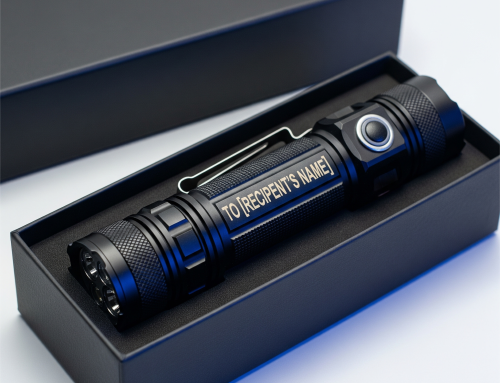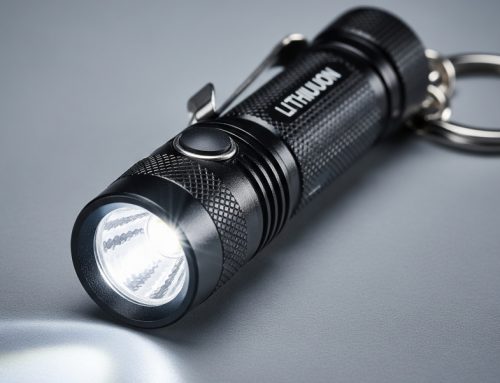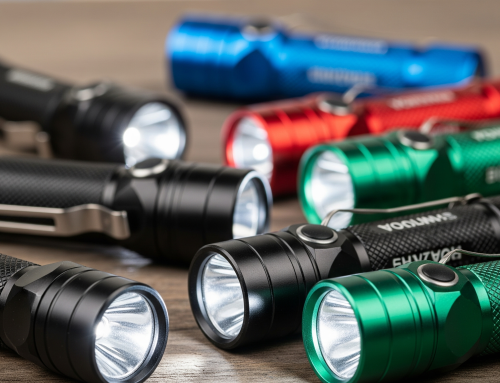“Three ask a” comprehensive knowledge decryption LED chip
1, what is the LED chip manufacturing process?
LED chip manufacturing is mainly in order to make effective and reliable low ohmic contact electrode, and can meet the minimum pressure drop between can contact materials and provide the pressure pad of welding line, at the same time the light as much as possible. Crossing the membrane process generally by vacuum evaporation method, the main in 1.33 x 10? 4 pa under high vacuum, resistance heating or electron beam bombardment melt material, heating method and under low pressure into a metal vapor deposition in the surface of the semiconductor material. P type used in the general contact metal including AuBe, AuZn alloy, N the contact metal AuGeNi alloy is often used. Alloy layer is formed after coating also need light emitting area as much as possible by lithography process, make to stay alloy layer can meet effective reliable low ohmic contact electrode and the requirement of the welding line pressure pad. After the photolithography process through alloying process, alloying is usually carried out under the aegis of the H2 or N2. Alloying time and temperature are usually based on factors such as semiconductor material properties and alloy furnace form decision. If blue, green, etc, of course, the chip electrode process more complex, need to increase the passivation film growth, such as plasma etching process.
2, LED chip manufacturing process, which has the important influence of the photoelectric performance?
In general, the LED epitaxial production after completion of her main performance has already set, chip manufacturing does not produce the 甞 nuclear nature to change, but in the process of coating, alloying inappropriate bad conditions can cause some electrical parameters. Such as alloying is low or high temperature can cause ohmic contact undesirable, poor ohmic contact is made in the chip is the main reason for the high pressure drop VF. After cutting, if some of the corrosion process was carried out on the edge chip, to improve the chip reverse leakage current will be a good help. This is because with the diamond wheel blade after cutting, edge chip will remain more debris powder, these if at the p-n junction of LED chips will cause leakage, even has a breakdown phenomenon. In addition, if the chip surface photoresist stripping is not clean, will result in positive welding line with virtual welding, and so on and so forth. If the back is also causes the pressure drop is on the high side. In the process of chip production through the way such as surface coarsening, formatted with inverted trapezoidal structure can improve the light intensity.
3, why the LED chip is divided into 8 mil, such as 9 mil,… 40 mil, 13 ∽ 22 mil, such as different size? The size of LED photoelectric performance what effect is there?
The LED chip size according to the power can be divided into low power chip, the power and high power chip. According to customer requirements can be divided into single pipe, digital, dot matrix, and decorative lighting and other categories. As for the chip specific size is according to the actual production level of different chip manufacturers, no specific requirements. As long as the process pass, chip xiaoke improve unit of output and reduce the cost, photoelectric performance is not fundamental change will happen. Chip using current actually associated with density current through the chip, chip using current small, big chip using current, and their basic unit current density. If 10 mil chip is the use of the current 20 ma, then 40 mil chip using current can increase 16 times in theory, which is 320 ma. But considering the heat dissipation is the main problem of the big electricity flow, so its luminous efficiency is lower than the small current. On the other hand, due to the area increases, the body resistance of the chip will reduce, so are to the voltage will be dropped.



